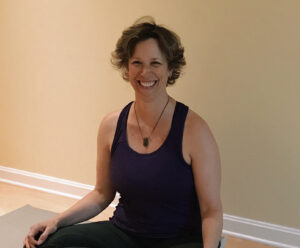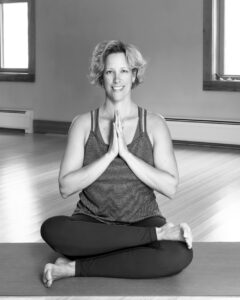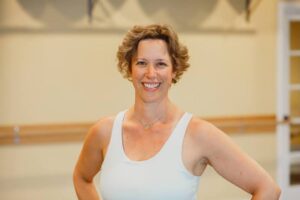A few weeks ago a client asked me,
“Do you think the body grieves?”
I emphatically answered, “YES,” surprising myself! I knew, but my mind didn’t think I knew this truth. In the weeks surrounding this inquiry and declaration I was just coming out of a chronic pain flare up (that resolved through grieving!) and I was in the midst of an Embodied Anti-Racism course. Our session theme that week…you guessed it, Grief!
Grief is a powerful emotion, occurring in your body, as all emotions do, whether we notice them and attend to them or not. We can see this in our tears, our contracted posture, our stuck energy. We feel or sense this in our “heavy” hearts, our aching backs, our exhausted faces.
We learn quite well in our culture how to not feel, “suck it up,” “brush it off, you’re fine,” and “don’t cry, big kids don’t cry.” We have come to notice that this denial isn’t helping us. Our brainy solution? Well, it’s in your head! Your “stinking thinking.”
Don’t think the thoughts, meditate more, you’ll be fine.
Well, in fact, that’s only part of the story. Sure, emotions can be overly stimulated when we are ruminating on painful thoughts, and mindfulness practice helps. However, emotions occur and are experienced (or stored!) in your body. If we don’t attend to and care for our emotional selves, the energy of those emotions stay in your tissues, as tension, muscle holding, and limited movement that over time can cause stiffness, pain, injury.
Guess what? If your body always feels tight and contracted, your heart and mind will also respond from this tight and contracted place.
Sore, stiff body. Tight, limited thinking. I’m not too nice to anyone when I’m feeling this way.
So how do we care for the pain of our grief? What if we don’t even know we have grief to digest or release?
- Make time to feel. A participant in my anti-racism course shared that they schedule a few segments of time each day with reminders to stop and feel.
Try this: Find a comfortable position. Ground yourself by sensing your feet on the floor, the support of your chair or cushion under your seat. Notice a few breaths. Rub your hands together. Notice friction, heat, sensations. Place your hands over your heart and allow what arises to move through you. If this idea feels like too much, risky, or overwhelming, bring in components #2-5 below.
- Space. Set aside time, minimize distractions, even for 5 minutes! Find a safe enough space to be with your feelings. In your favorite chair, with a comforting pet, or trusted friend/counselor/family member.
- Care. Approach your feeling time & space with care, kindness, and compassion for you, as a human being that feels painful feelings, just like all human beings.
- Witness. We are not designed to “manage” our emotions alone. The care and safe space needed to process challenging, painful, and complex emotions like grief require being witnessed by a compassionate other at times. Grieve in relationship when possible (see #2 above).
- Move. Emotions are energy in motion. Moving your body is necessary for release. Of course yoga and TRE are my favorites, but any bodymind based practice that resonates with you can help. Some of my own doorways to this work included tai chi, qigong, and feldenkrais. Therapeutic art like collage, non-dominant hand drawing, even journaling (with pen and paper, not on a device, it matters!) have come in very handy when I’m less mobile. Take a nature walk, sans headphones and podcasts, but rather listen, see, sense, and smell your environment.





